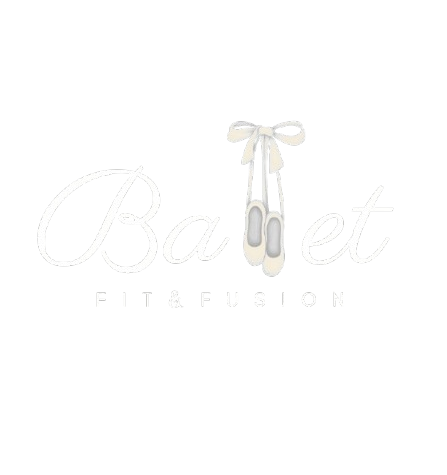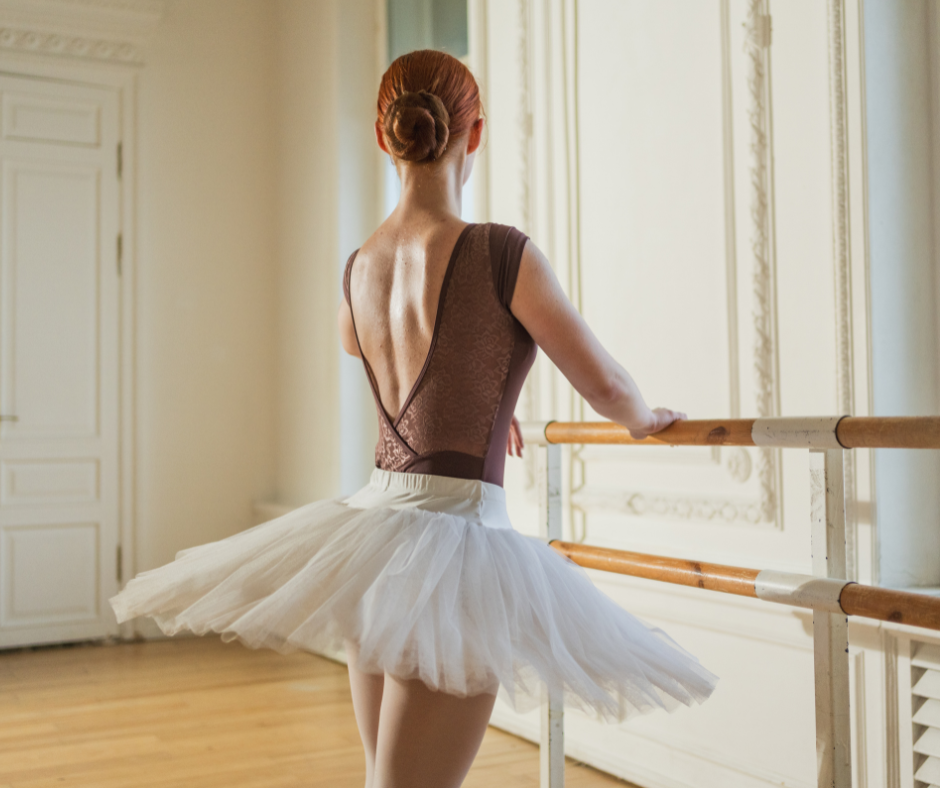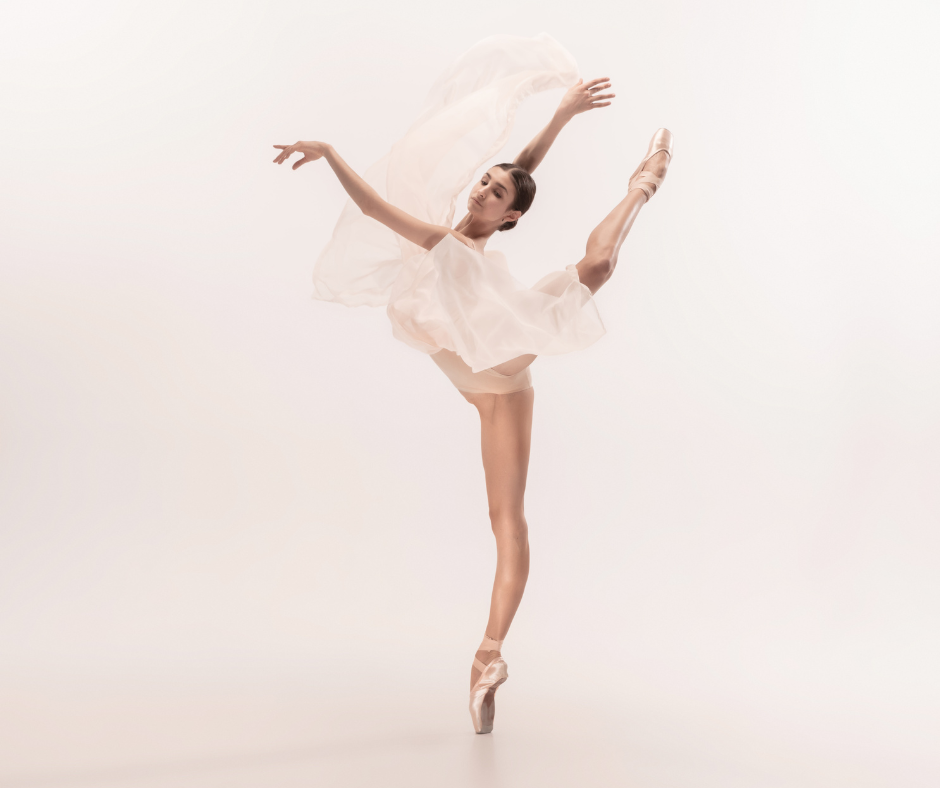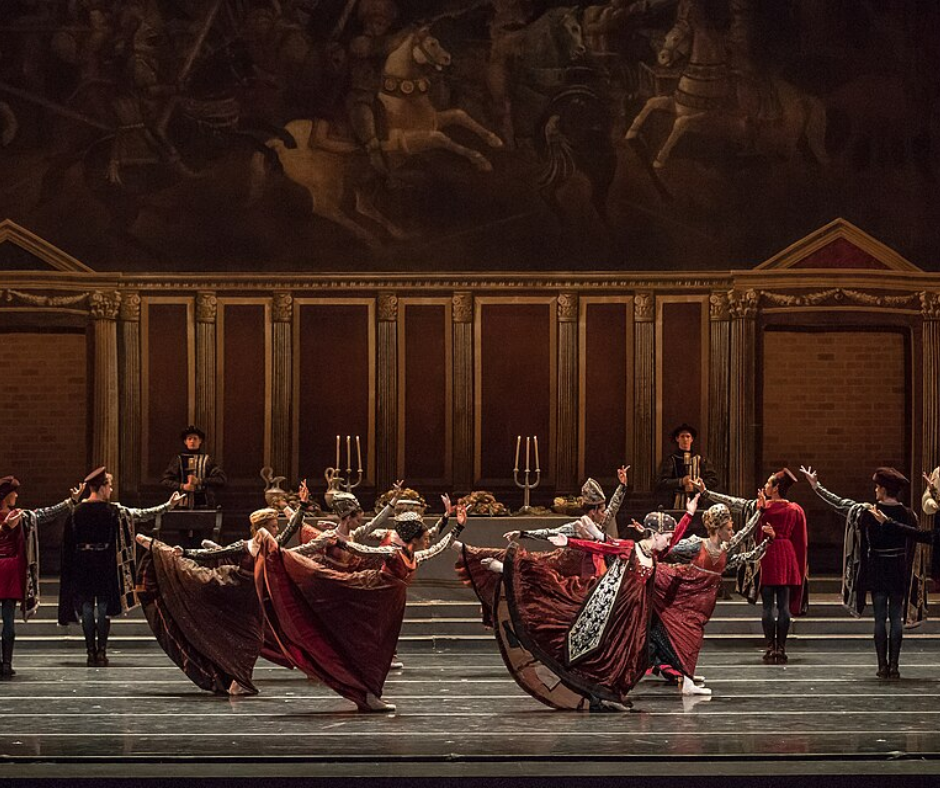I’ve always been captivated by ballet not just the beautiful movement, but the way it keeps evolving. When you think about how ballet has changed over time, it’s amazing to see how this incredibly demanding, precise art form has survived for centuries and still never feels outdated.
Once upon a time, ballet lived in the golden halls of Versailles, where kings danced in powdered wigs and high heels (yes, really) to show off their power. Today, you’ll find its influence in the most unexpected places like runway shows, pop music videos, Instagram reels, even TikTok trends. So how did we get from royal courts to viral moments, without loosing quality?
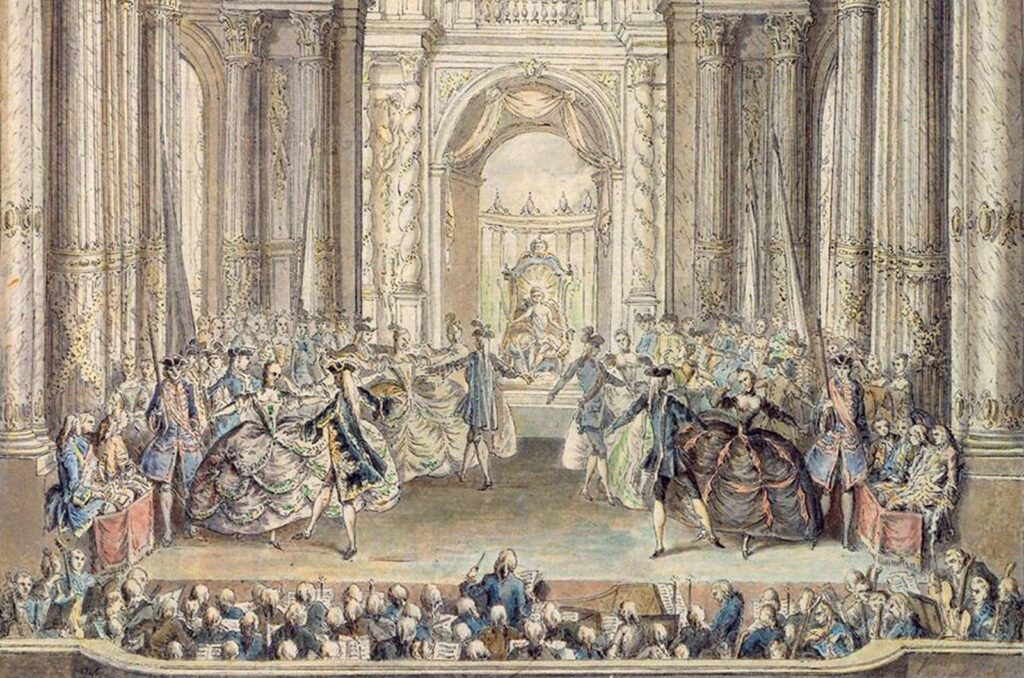
Illustration of ballet in Versailles from kings in powdered wigs and heels
Ballet’s journey is much more than a change in location. It reflects how society, identity, and art have all transformed over time. From the elegance of Swan Lake to the expressiveness of modern digital dances, ballet remains timeless, yet somehow always in step with the moment.
Let’s walk through how this evolution happened. And don’t worry if you’re not familiar with pointe shoes or powdered wigs, I’ll make sure everything is easy to follow.
Ballet in the royal court
Although ballet has its early roots in Renaissance Italy, it truly found its footing in 17th-century France, specifically in the court of King Louis XIV. But ballet then wasn’t about performance for art’s sake. It was a political tool.
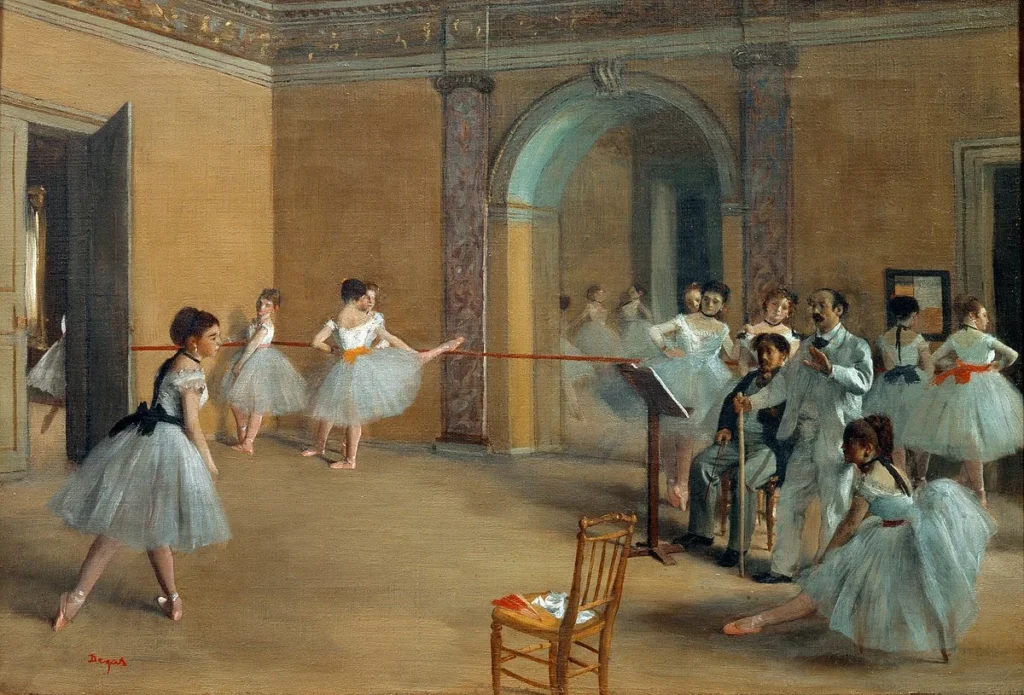
Louis XIV didn’t just support ballet, he danced in it. Publicly! These performances were part of a carefully crafted image of control, elegance, and power. He even established the world’s first ballet academy in 1661, standardizing the art form.
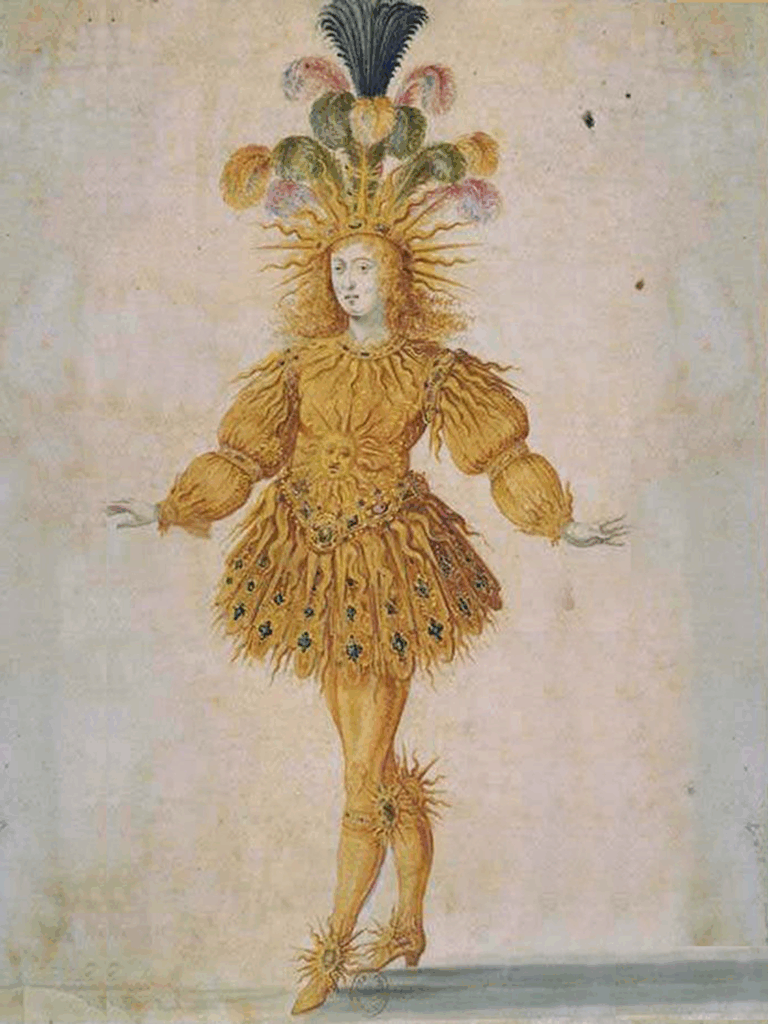
Louis XIV as Apollo in “Ballet de la Nuit” (1653) as a Symbol of Absolute Monarchy
At that time, dancers wore heavy brocade costumes, wigs, and heeled shoes. The movement was formal, stiff, and symbolic, more like ceremonial walking than the expressive dance we see today. Still, this was the era when foundational techniques like turnout (rotating the legs outward from the hips) and the five basic positions were developed.
Ballet, though began not as a form of emotional expression, but as a coded language of prestige and power.
The romantic era
By the early 1800s, ballet began to shift. Instead of focusing on display and grandeur, the art form turned toward storytelling and emotion. This period is known as the Romantic Era, and it brought with it some of the most beloved ballets in history like: Giselle, La Sylphide, and others that explored themes of love, loss, fantasy, and longing.
This was also when women began to take center stage. Pointe shoes became standard, allowing ballerinas to appear weightless, as if floating across the stage. The movement grew softer and more lyrical. For the first time, ballet was not just something to admire, it was something that moved people emotionally.
It was no longer just beautiful, it had soul.
The classical age and ballet’s global rise
In the late 19th century, ballet found a powerful new stage in Imperial Russia. It became grander, more technical, and even more spectacular. Choreographer Marius Petipa and composer Pyotr Tchaikovsky created what are now considered the pillars of classical ballet: Swan Lake, The Nutcracker, and Sleeping Beauty. (click here to learn about its compositors)
Training grew more rigorous, ballet companies became more formalized, and dancers were held to exceptionally high technical standards. Russia transformed ballet into a cultural treasure, something to be protected, perfected, and celebrated.
What’s interesting is that even though these ballets were deeply rooted in tradition, they weren’t just for aristocrats anymore. Ballet had become a shared global art.
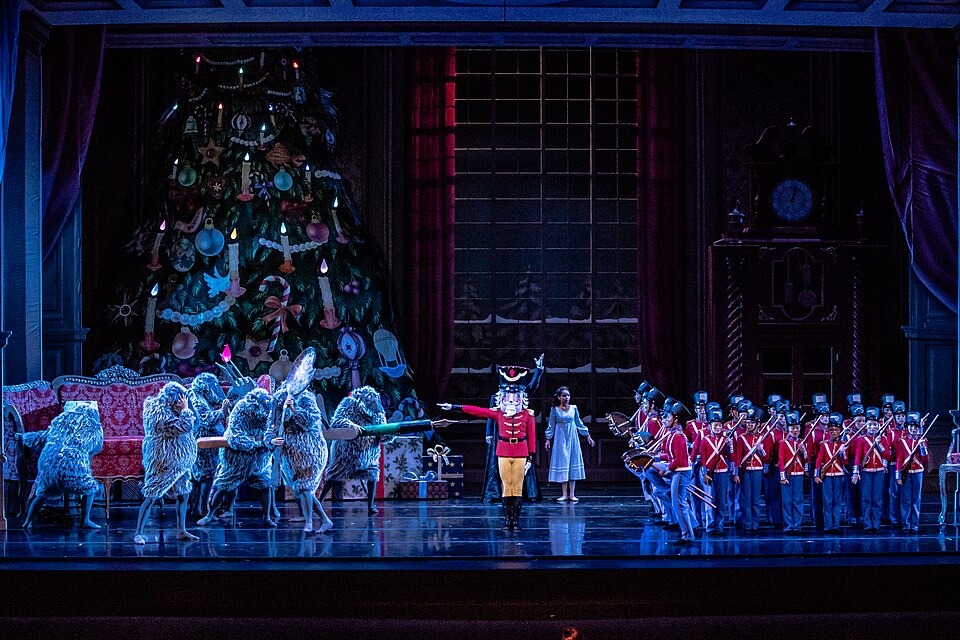
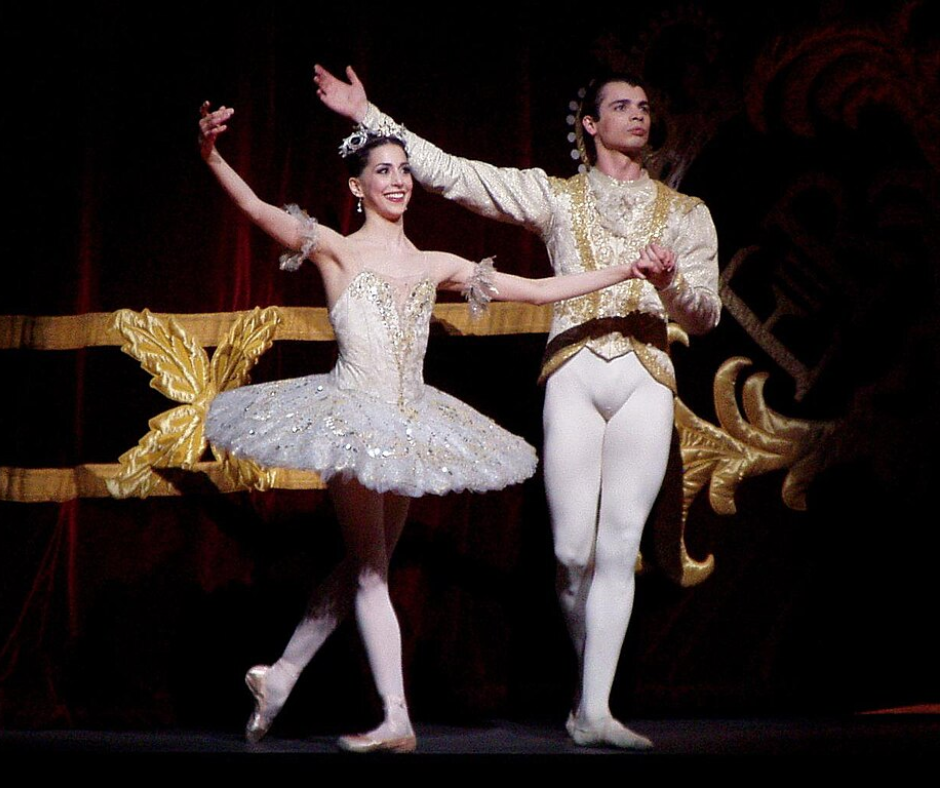
Modernism and change
The 20th century was an era of change for nearly every art form, and ballet was no exception. Ballet has changed over time, and just like painters and writers began to rebel against the rules, dancers and choreographers did the same.
One of the boldest forces of this period was the “Ballets Russes”, a traveling company known for its groundbreaking design, powerful music, and raw, expressive choreography. Their performance of The Rite of Spring in 1913 actually caused riots. Audiences were stunned by how different it was from the graceful ballets they knew.
Choreographers like George Balanchine introduced a stripped-down, neoclassical style that was focused purely on movement and form. Others, like Vaslav Nijinsky, pushed boundaries with abstract, emotional works. Ballet began to speak to the real world, not just to fairy tales.
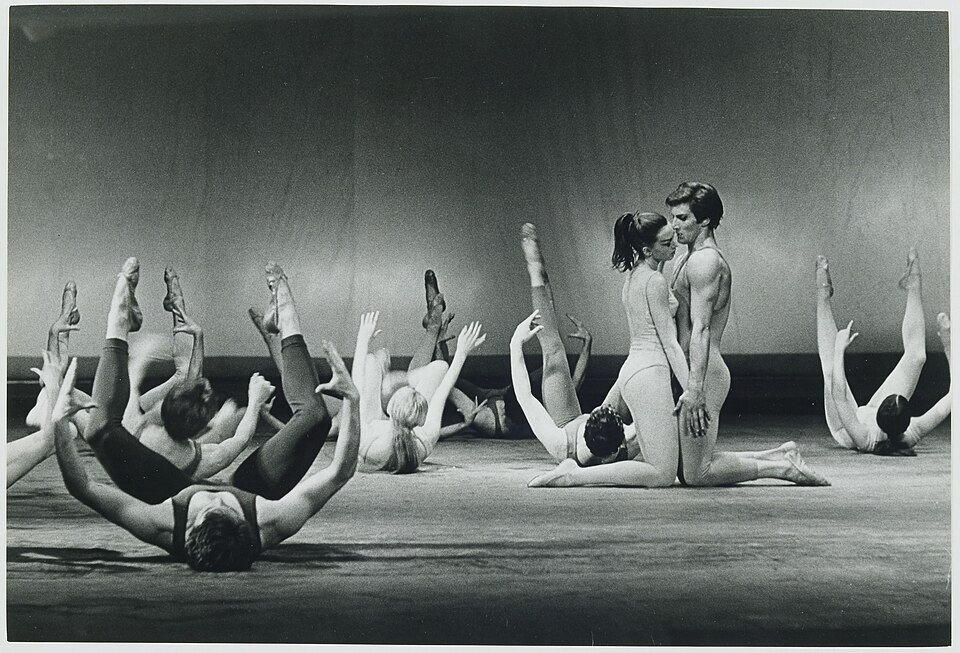
Le sacre du printemps, chorégraphie de Maurice Béjart, Opéra de Paris, Palais Garnier, 1965
Ballet in the world today
Today, ballet is everywhere, not just on theater stages, but across popular culture. You’ll find it in Beyoncé’s performances, in high-fashion campaigns, in influencer reels and viral choreography online. It has become part of the language of modern expression.
What makes this so powerful is that ballet hasn’t lost its core. The discipline, the technique, the hours of training, they’re still essential. But ballet has softened, adapted, and opened itself up. It’s no longer reserved for a specific type of dancer or audience. It belongs to everyone.
Even fashion magazines like Vogue have embraced the “ballet aesthetic,” celebrating the clean lines, muted colors, and effortless elegance that dancers have long embodied. Ballet has become not just a performance, but a feeling, a way of carrying yourself, of moving through the world.
So why does ballet still matter?
To me, ballet matters because it changes. Ballet has changed over time, evolving with the world and reflecting the struggles, revolutions, and innovations of each generation, while still holding on to something deeply human. Ballet doesn’t just tell us what was, it shows us what can be. Its journey isn’t just about stages or costumes, it’s about meaning, and the way that meaning continues to expand.
That’s the beauty of ballet.
If you’ve ever been curious to feel that grace and strength for yourself, why not take the first step? Join an online class with me and become part of ballet’s story wherever you are, at your own pace.
